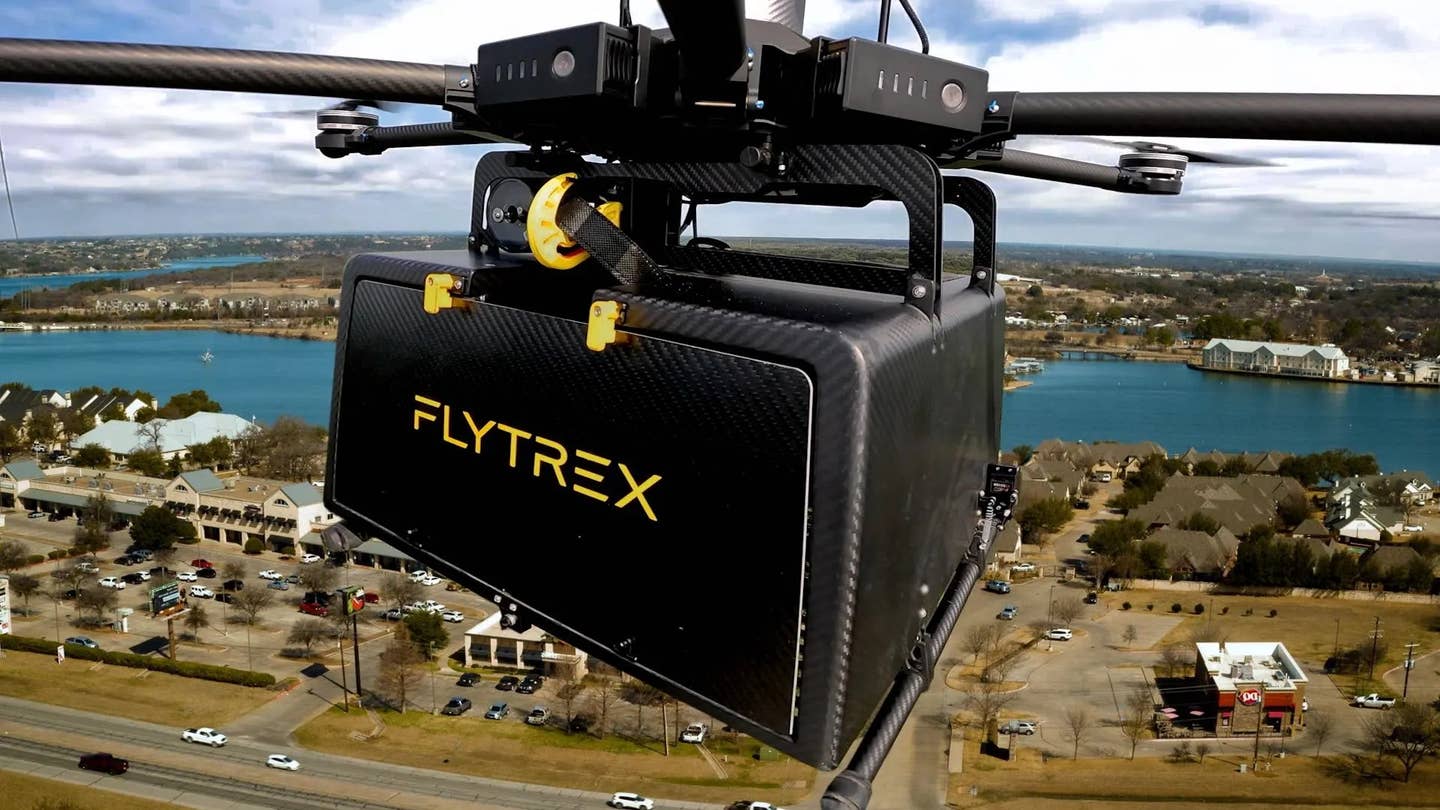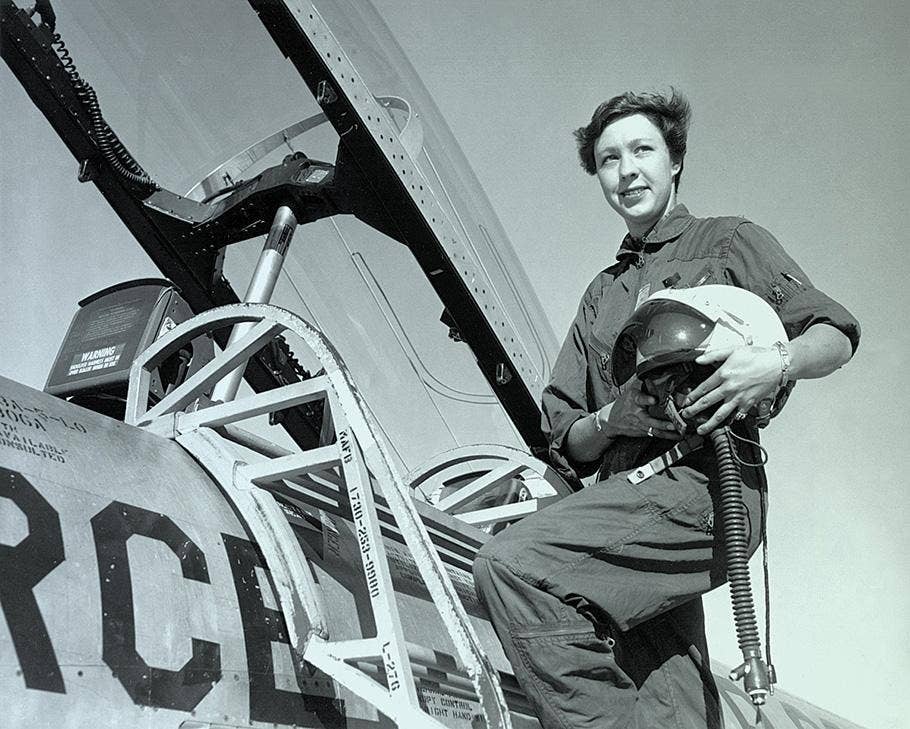
The crew for NASA’s Human Exploration Research Analog, or HERA, mission stands in front of the habitat that will be their home for 45 days. From left to right: Lauren Cornell, Monique Garcia, Christopher Roberts, and Madelyne Willis. NASA
A group of six volunteers is embarking on a 45-day journey to Mars’ moon Phobos on Friday, though they won’t be going far.
The research subjects are taking part in a simulation of the journey to the largest of Mars’ pair of moons, all while living in a ground-based habitat based at NASA’s Johnson Space Center in Houston.
The simulated mission is the first experiment in a campaign performing more than a dozen studies in preparation for future missions to the moon and Mars, and it comes as NASA issued a request for proposal for a commercially designed spacesuit able to hold up to the rigors of exploration of the lunar South Pole.
The Mission
On Friday, members of a four-member crew along with two back-up crew members will enter the habitat—called a Human Exploration Research Analog (HERA)—and won’t emerge until November 15, NASA said. The HERA is designed to simulate the isolation, confinement, and remote conditions of the journey to Phobos, the oddly shaped, pock-marked moon that closely orbits Mars.
“As the simulated journey takes crew members closer to Phobos, those inside will experience increasing delays in communicating with the outside world,” NASA said in a statement. “When the simulation successfully brings the crew to Phobos, this delay will last up to five minutes each way.
“Such delays will force the crew—and those coordinating their journey—to practice communicating in ways that minimize impacts to mission operations, and allow the crew sufficient autonomy to accomplish the mission.”
The experimental mission is the first of a four-part campaign of missions, called HERA Campaign 6, which will wrap up in September 2022.
“The data collected as part of these missions will continue to help prepare humans for Artemis exploration missions to the moon, trips to the planned lunar Gateway, and long-duration missions to Mars,” NASA said.
The basic criteria for the volunteer crew participating in the simulations that delve into behavioral and team performance on long duration missions is fairly simple. Volunteers must be non-smokers, healthy, between the ages of 30 and 55 years of age and pass a physical and psychological assessments, according to NASA.
Members of the four-member crew of volunteer researchers include:
- Lauren Cornell, a U.S. Air Force researcher and co-founder of biotech company, NovoThelium.
- Monique Garcia, a human factors engineer and systems administrator for The MITRE Corporation, whose development experience includes work for U.S. Space Force and NASA’s Deep Space Network.
- Christopher Roberts, who is a project engineer with NASA’s Cold Stowage team that supports the International Space Station program.
- Madelyne Willis, who is a microbial ecologist with extensive field experience in the Arctic and Antarctic.
Members of the two-member backup crew are:
- Justin Lawrence, who is a fellow with the Future Investigator in NASA Earth and Space Science and Technology program.
- Pu Wang, who is an engineering team manager at The Boeing Company with experience in aircraft engine development, as well as numerous commercial and military programs.
The Artemis mission, which aims to set up a space station on the moon in preparation for Mars mission, also took a step forward this week as NASA released an RFP seeking a public-private partnership for spacesuit design and support.
In addition to the Artemis lunar surface missions, the spacesuits will be used for spacewalks on the International Space Station, as well as on the Gateway outpost orbiting the moon.
“Our undertakings in low-Earth orbit, at the Moon and beyond have evolved and are calling for innovative technology.” NASA Deputy Administrator Pam Melroy said Thursday. “The next astronauts on the moon—including the first woman—will be kept safe in revolutionary spacesuits that fit better and enable greater human exploration than ever before.”
NASA said it intends to conduct a spacewalk demonstration of the new spacesuit in 2023.

Subscribe to Our Newsletter
Get the latest FLYING stories delivered directly to your inbox






